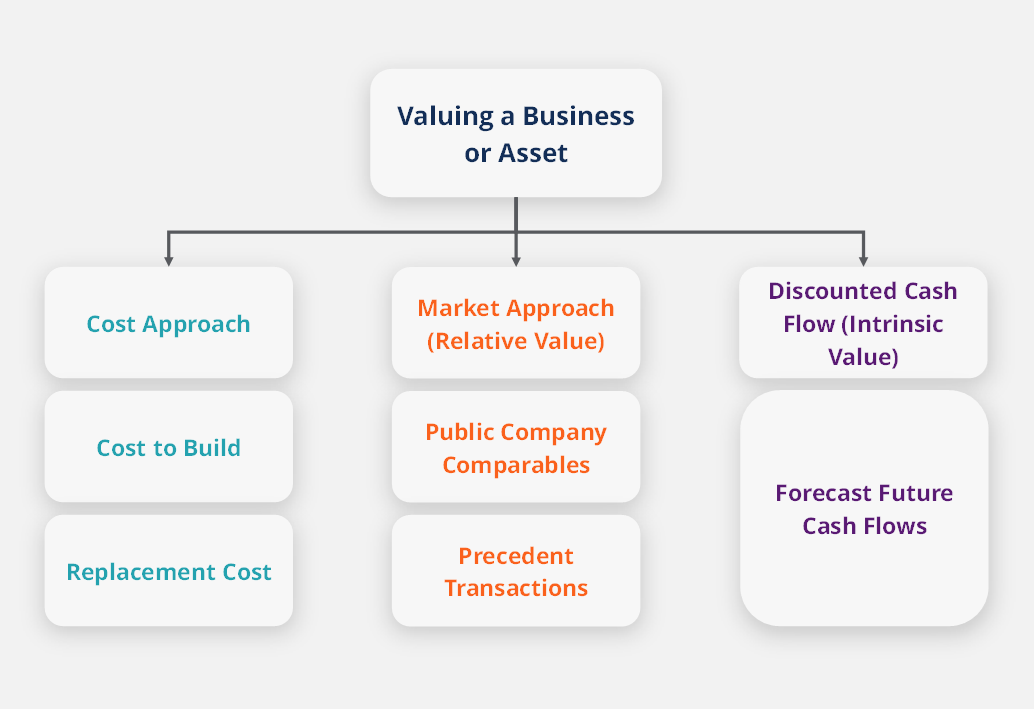
0 search results for ‘’
People also search for:
excel
Free
free courses
accounting
Balance sheet
2
DCF
Explore Our Certifications
Resources
Popular Courses
Recent Searches













